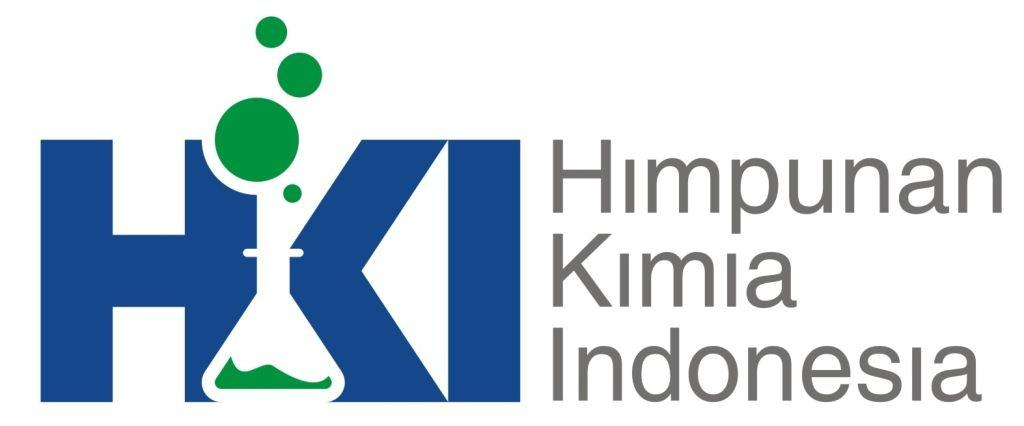Solid-phase Synthesis of Tetrapeptide on 2-Chlorotrityl Chloride Resin by Using Benzotriazol-1-yl-oxytripyrrolidinophosphonium Hexafluorophosphate as Coupling Reagent
Abstract
Tetrapeptide, OH-Pro-Ala-Gly-Tyr-NH2, was successfully synthesised on 2-chlorotrityl chloride resin by taking advantage of PyBOP (benzotriazol-1-yl-oxytripyrrolidinophosphonium hexafluorophosphate) as coupling reagent. The selection of the peptide as the target of synthesis was due to its interesting bioactivity as antioxidant. The synthesis was undertaken with Fmoc strategy, where Fmoc-proline was added onto the resin at the first place. It is known from the literature that proline can resist from rasemisation when it was attached on the resin at the first time. Fmoc deprotection step was carried out by employing 20% piperidine in DMF and the reaction mixture was shaken for 30 minutes. Once the proline attached, the next step was to attach amino acids, alanine (Ala), glycine (Gly) and tyrosine(Tyr), subsequently onto the resin until tetrapeptidyl resin was constructed on the resin. Hydroxyl group of Tyr was protected with t-butyl, which is TFA-labiled. Coupling reaction was undertaken by mixing the amino acid and PyBOP in a mixture of dichloromethane and DMF (1:1) and in the presence of basic DIPEA. Resin cleavage step was carried out by using 95% TFA in water, where t-butyl protecting group on the side chain of Tyr was cleaved at the same time. The analytical RP-HPLC of the final product showed a single peak at 21.9 minutes (20-90% of acetonitrile in water with 0.1% of TFA during 30 minutes), indicating that each coupling has given a good coupling performance and resulting in a pure product. The desired product showed the correct molecular weight with m/z 407.2 [M+H]+ and 429.2 [M+Na].
Keywords
References
Bates RB, Brusoe KG, Burns JJ, Caldera S, Cui W, Gangwar S, Gramme MR, McClure KJ, Gregory P, Schadow H Dolastatins. 1997. Synthesis and stereochemistry of dolastatin 111a. J. Am. Chem. Soc. 119(9): 2111-2113.
Ewing WR, Harris BD, Li WR, Joullie MM. 1089. Synthetic studies of didemnins IV. Synthesis of the macrocycle. Tetrahedron Lett. 30(29): 3757-3760.
Fosgerau K, Hoffmann T. 2015. Peptide therapeutics: current status and future directions. Drug discovery today. 20(1): 122-128.
Maharani R, Brownlee RT, Hughes AB, Abbott BM. 2014. A total synthesis of a highly N-methylated cyclodepsipeptide [2S,3S-Hmp]-aureobasidin L using solid-phase methods. Tetrahedron. 70:2351-1358.
Merrifield RB. 1963. Solid phase peptide synthesis. I. The synthesis of a tetrapeptide. J. Am. Chem. Soc. 85(14): 2149-2154.
Montalbetti CA, Falque V. 2005. Amide bond formation and peptide coupling. Tetrahedron. 61: 10827-10852.
Mutou T, Kondo T, Shibata T, Ojika M, Kigoshi H, Yamada K. 1996. Synthesis of dolastatin G and nordolastatin G, cytotoxic 35-membered cyclodepsipeptides of marine origin. Tetrahedron Lett. 37: 7299-7302.
Nakamura M, Shibata T, Nakane K, Nemoto T, Ojika M, Yamada K. 1995. Stereochemistry and total synthesis of dolastatin E. Tetrahedron Lett. 36: 5059-5062.
Nikoo M, Benjakul S, Ehsani A, Li J, Wu F, Yang N, Xu B, Jin Z, Xu X. 2014. Antioxidant and cryoprotective effects of a tetrapeptide isolated from Amur sturgeon skin gelatin. Journal of Functional Foods. 7: 609-620.
Pettit GR, Holzapfel CW. 1986. Structural biochemistry. 25. Antineoplastic agents. 110. Synthesis of the dolastatin 3 isomer cyclo [L-Pro-L-Leu-L-Val-(R, S)-(gln) Thz-(gly) Thz]. J. Org. Chem. 51(24): 4580-4585.
Rinehart KL, Kishore V, Nagarajan S, Lake RJ, Gloer JB, Bozich FA, Li KM, Maleczka RE Jr, Todsen WL. 1987. Total synthesis of didemnins A, B, and C. J. Am. Chem. Soc. 109: 6846-6848.
Sleebs MM, Scanlon D, Karas J, Maharani R, Hughes AB. 2011. Total Synthesis of the antifungal depsipeptide, Petriellin A. J. Org. Chem.
Thern B, Rudolph J, Jung G. 2002. Total synthesis of the nematicidal cyclododecapeptide omphalotin A by using racemization-free triphosgene-mediated couplings in the solid phase. Angew. Chem., Int. Ed. 41: 2307-2309.
Thern B, Rudolph J, Jung G. 2002. Triphosgene as highly efficient reagent for the solid-phase coupling of N-alkylated amino acids—total synthesis of cyclosporin O. Tetrahedron Lett. 43: 5013-5016.
Wenger RM. 1983. Synthesis of cyclosporine. I. Synthesis of enantiomerically pure (2S,3R, 4R,6E)‐3‐hydroxy‐4‐methyl‐2‐methylamino‐6‐octenoic acid starting from tartaric acid. Helv. Chim. Acta. 66(7): 2308-2321.
DOI: 10.15408/jkv.v2i2.4055
Refbacks
- There are currently no refbacks.
Copyright (c) 2019 Rani Maharani, Nuruzzahra Ammatillah, Gunawan Gunawan, Ace Tatang Hidayat

This work is licensed under a Creative Commons Attribution-ShareAlike 4.0 International License.

